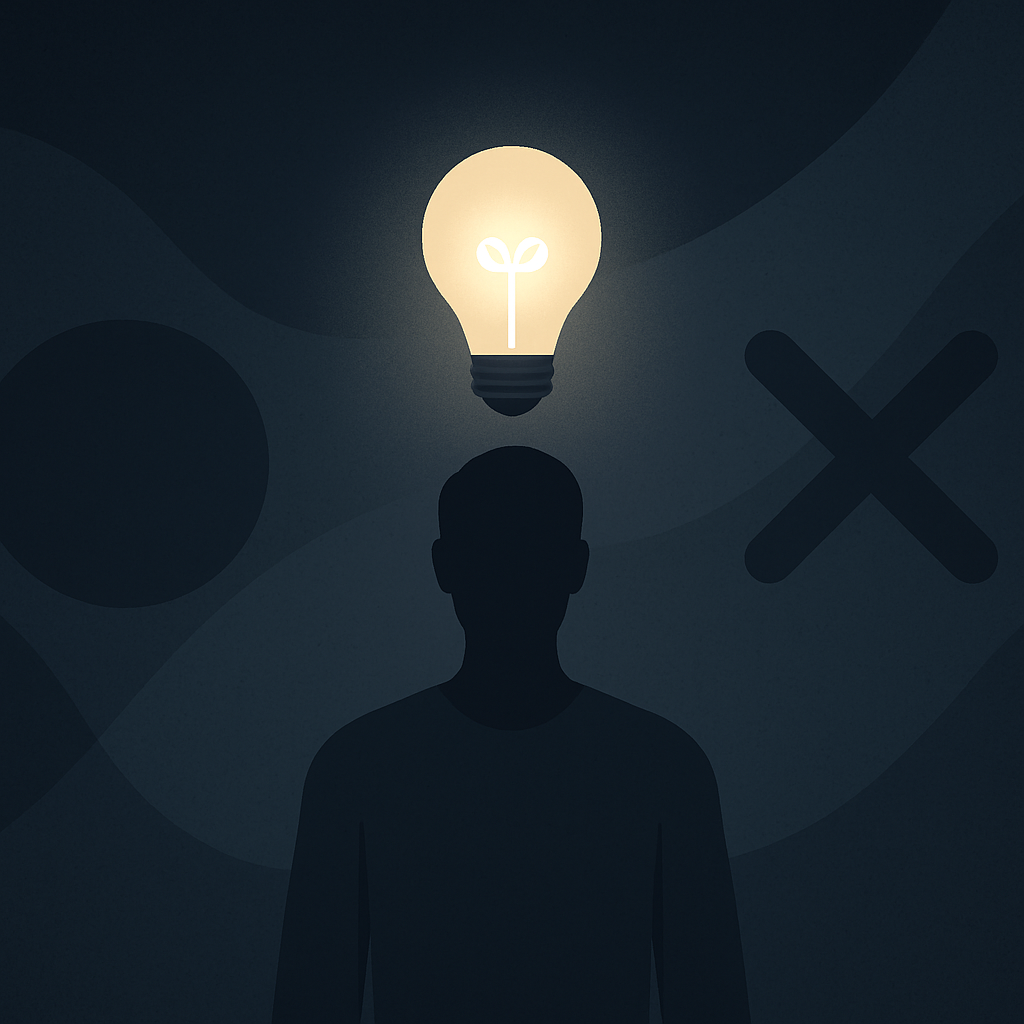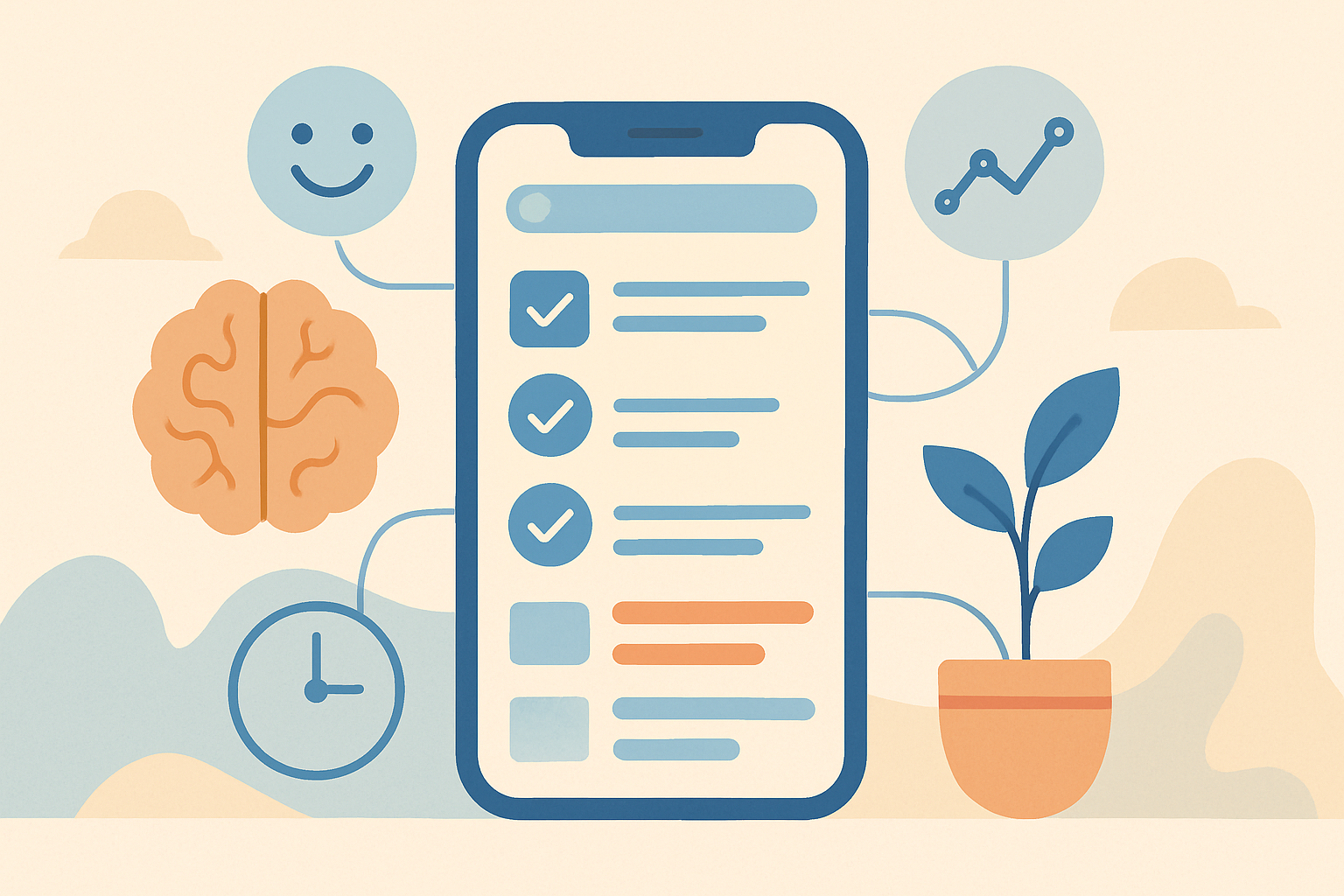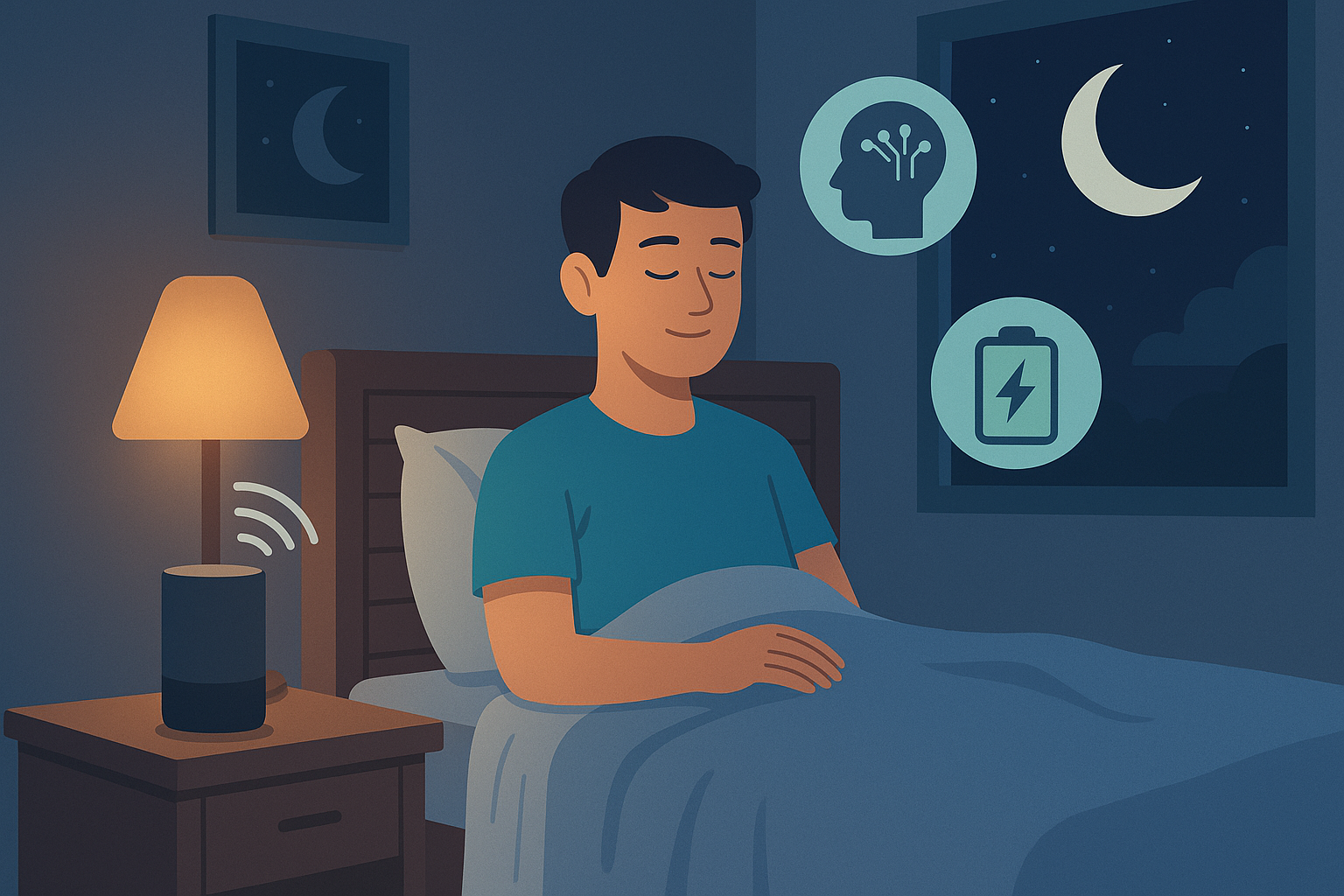AI Decision Making. Every “yes” has a cost.
Every time you agree to something you don’t really want to do — a meeting, a project, a distraction — you trade a piece of your energy, your focus, and your growth.
The modern world rewards saying yes. But real balance begins when you learn to say no — not from emotion, but from clarity.
That’s where AI decision making becomes transformative.
Artificial intelligence can now help us make better decisions by analyzing priorities, predicting outcomes, and showing us the true opportunity cost of our choices. It removes guilt and impulse, replacing them with awareness.
Saying no stops being personal. It becomes strategic.

Why We Struggle to Say No AI Decision Making
The inability to say no rarely comes from lack of logic — it comes from emotional noise. We fear disappointing others, missing opportunities, or breaking momentum.
But decision fatigue builds silently. You start saying yes to small things, and soon you’re managing everyone’s priorities but your own.
AI decision making brings distance between impulse and action. It filters requests, classifies urgency, and even helps you predict the downstream impact of commitments.
Instead of reacting, you evaluate. Instead of pleasing, you choose.
That’s the real power of data-driven self-control.
How AI Decision Making Creates Clarity
AI systems excel at pattern recognition — the very skill we often lose under pressure. When faced with a decision, they identify trends we can’t see in the moment.
Imagine having an assistant that tracks your focus, monitors calendar patterns, and highlights what tasks align with your goals. That’s not science fiction — tools like Motion, Reclaim AI, and Notion AI already do this.
They analyze how your time is spent and suggest what to decline next time.
Your “no” becomes backed by data.
You’re not rejecting an opportunity; you’re protecting alignment.
Example: The AI Filter for Decision Fatigue
Let’s say your week is filling up fast — new meetings, side tasks, and “quick favors.”
AI tools can evaluate each new commitment using your personal priorities.
Here’s how it might work in practice:
| Decision Context | AI Function | Outcome |
|---|---|---|
| Calendar overload | Reclaim AI | Detects schedule conflicts and suggests declines |
| Task overload | Motion | Reprioritizes tasks and removes nonessential items |
| Emotional fatigue | Mindsera | Identifies stress patterns in journaling and flags boundary fatigue |
| Email or requests | Notion AI | Classifies importance and drafts polite, automated “no” replies |
Each tool acts like a decision boundary — invisible, intelligent, and consistent.
Instead of relying on willpower, you rely on systems.
AI Decision Making The Role of Data in Saying No
AI decision making removes guilt from the equation because it reframes rejection as optimization.
When data shows that 70% of your creative breakthroughs happen when you have two hours of deep focus per day, saying yes to another meeting becomes clearly irrational.
Your system learns what fuels your best work and protects it automatically.
This creates what we can call rational empathy — the ability to respect others’ requests while staying loyal to your mission.
You’re not being selfish. You’re being strategic with your limited energy.
Practical Example: The AI-Driven Yes/No Framework
Here’s a simplified framework of how AI decision making can guide your daily boundaries:
| Step | AI Insight | Result |
|---|---|---|
| Analyze | AI detects overcommitment trends | Awareness of burnout triggers |
| Prioritize | Tools rank commitments by impact | Clear focus on high-value work |
| Filter | System suggests polite declines | Less guilt, more confidence |
| Reflect | Journaling AI tracks progress | Long-term boundary consistency |
This workflow helps you transform “no” into a form of self-respect — not resistance.
Emotional Intelligence Meets Artificial Intelligence
At its best, AI decision making doesn’t replace emotion; it supports it.
You still care, but you no longer drown in obligation.
AI helps you spot emotional manipulation in requests — phrases like “It’ll only take a minute” or “You’re the only one who can do this.” It reminds you that your value doesn’t depend on availability.
You regain control not by being colder, but by being clearer.
The result? You say fewer yeses, but the right ones — those that align with your deeper goals.
AI Decision Making Automating Boundaries Without Losing Humanity
Automation can sound mechanical, but when designed intentionally, it restores humanity.
Your AI calendar becomes your ally, quietly shielding your time so you can show up fully where it matters.
This balance between structure and freedom defines the new era of productivity.
Boundaries stop being walls — they become filters of intention.
When your system says “no” on your behalf, it’s not being robotic; it’s honoring the work you’ve already committed to.
That’s what emotional automation really means — not detachment, but respect.
Building Your AI Boundary System
To implement AI decision making in your routine, start with reflection. Track what drains you, what fulfills you, and where your time goes. Then integrate AI tools that protect your best hours.
A simple configuration could look like this:
| Layer | AI Tool | Function |
|---|---|---|
| Awareness | Mindsera | Journaling & emotional clarity |
| Time Protection | Reclaim AI | Automatic scheduling boundaries |
| Decision Support | Notion AI | Smart task prioritization |
| Communication | Motion | Email filtering & decline automation |
You can expand or simplify as needed. The point isn’t perfection — it’s protection.
Once your AI boundary system runs smoothly, saying “no” becomes effortless. You don’t argue with feelings; you align with facts.
A New Definition of Strength
For decades, ambition was measured by how much we could handle.
Now, it’s measured by how clearly we can choose.
AI gives us the tools to make that choice with less emotion and more intention.
You no longer need to burn out to prove your dedication.
True strength is in focus — and true focus begins with a single word: no.
By MBFProductivity
Further Reading & Related Insights
Internal link:
→ Build a Consistent Night Routine with AI — Learn how to design evening systems that restore clarity and reduce decision fatigue.
External links:
→ Reclaim AI — Automate calendar boundaries and focus protection with adaptive scheduling.
→ Mindsera — Strengthen emotional awareness and mindset through AI-driven journaling and reflection.
Blog
This section provides an overview of the blog, showcasing a variety of articles, insights, and resources to inform and inspire readers.
-

AI Habit Tracking and the New Rhythm of Modern Self-Improvement
AI Habit Tracking. Progress used to depend on discipline. Now, it depends on data.…
-

AI Decision Making and the New Discipline of Intentional Living
AI Decision Making. Every “yes” has a cost. Every time you agree to something…
-

The Perfect AI Night Routine to Sleep Better and Think Smarter
AI Night Routine. Your morning doesn’t begin when you wake up — it begins…
